Curry leaves are an integral part of every South Indian kitchen. Learn how to store curry leaves in the refrigerator, freezer, and in dried form.
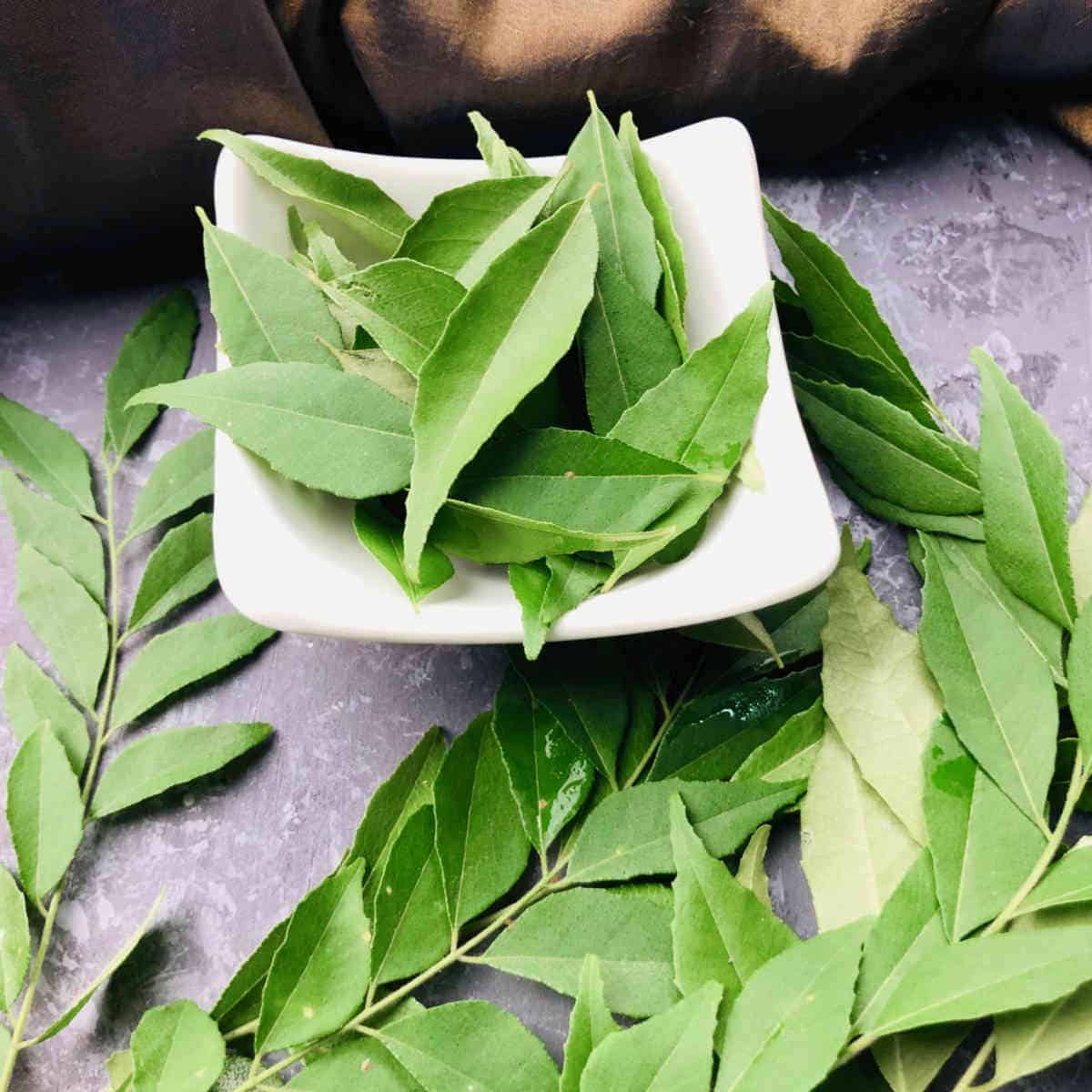
What are curry leaves?
Curry leaf is a key ingredient in tempering that comes from the curry tree (Murraya koenigii) which is native to the Indian subcontinent. The glossy, dark green leaves have a slightly pungent taste and a distinctive flavor. It actually belongs to the citrus family.
Also called kari patta, they are a key ingredient in South Indian cuisine. It is a key ingredient for tempering (tadka/seasoning) in most dishes. They are called kari patta in Hindi, karibevu in Kannada, kariveppilai in Tamil, karivepaku in Telugu, and mitho nimbado in Gujarati. They are also widely used in Thai and Malaysian cooking.

How to use curry leaves?
Making tempering or tadka is the most common way of using curry leaves. Heat ghee or oil, and add mustard seeds, cumin seeds, asafoetida (hing), green chilies, and curry leaves to hot oil. Add this tempering to different dal, sabzi, curries, or chutney to make them more flavourful.
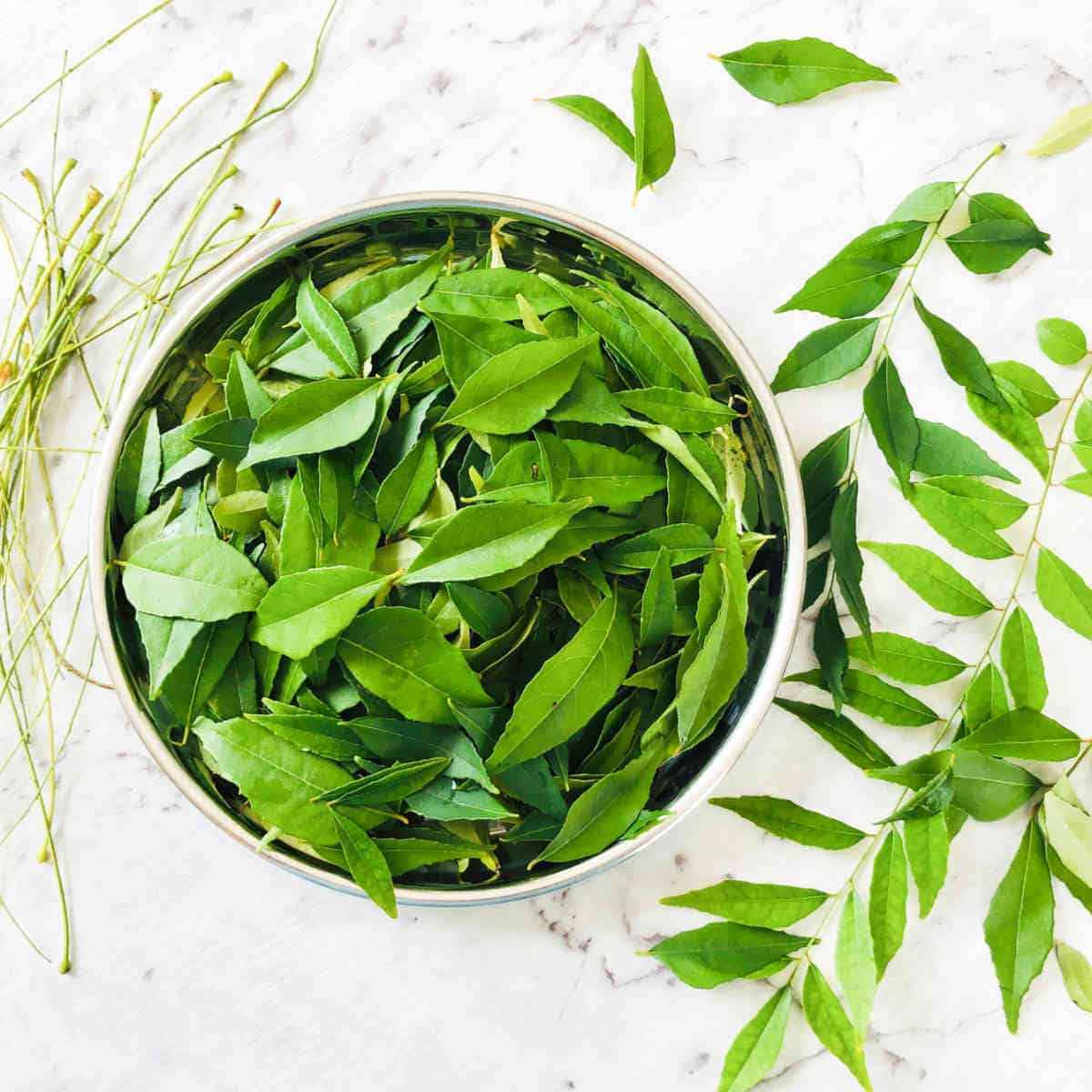
How to store curry leaves?
Fresh leaves stay fresh and flavourful when stored correctly. There is an abundance of curry leaves in the summer months, and storing them is a great way to have this herb handy throughout the year.
Curry leaf is more sturdy when compared to other fresh herbs like cilantro (coriander leaves). It keeps fresh for up to two weeks in the refrigerator and six months in the freezer. It can also be dried (either sun-dried or in an oven) and stored at room temperature. Dried leaves have a shelf life of 2-3 months at room temperature.
It is important to wash, clean, and dry them completely to remove excess moisture before storing them. Spread them on a kitchen towel so that it dries fully. Alternatively, pat dry the leaves well using a paper towel, making sure there are no water droplets. They must not have any water content (on the leaves or stem) before being stored.
In the refrigerator

The first storage method I am sharing is in the refrigerator. Do not remove the stem of the curry leaves if you want to store them in the refrigerator. Leaving them with the stem helps them stay fresh for longer. Wrap them (along with the stem) in a paper towel and place them in an air-tight container or plastic bag.
In the freezer
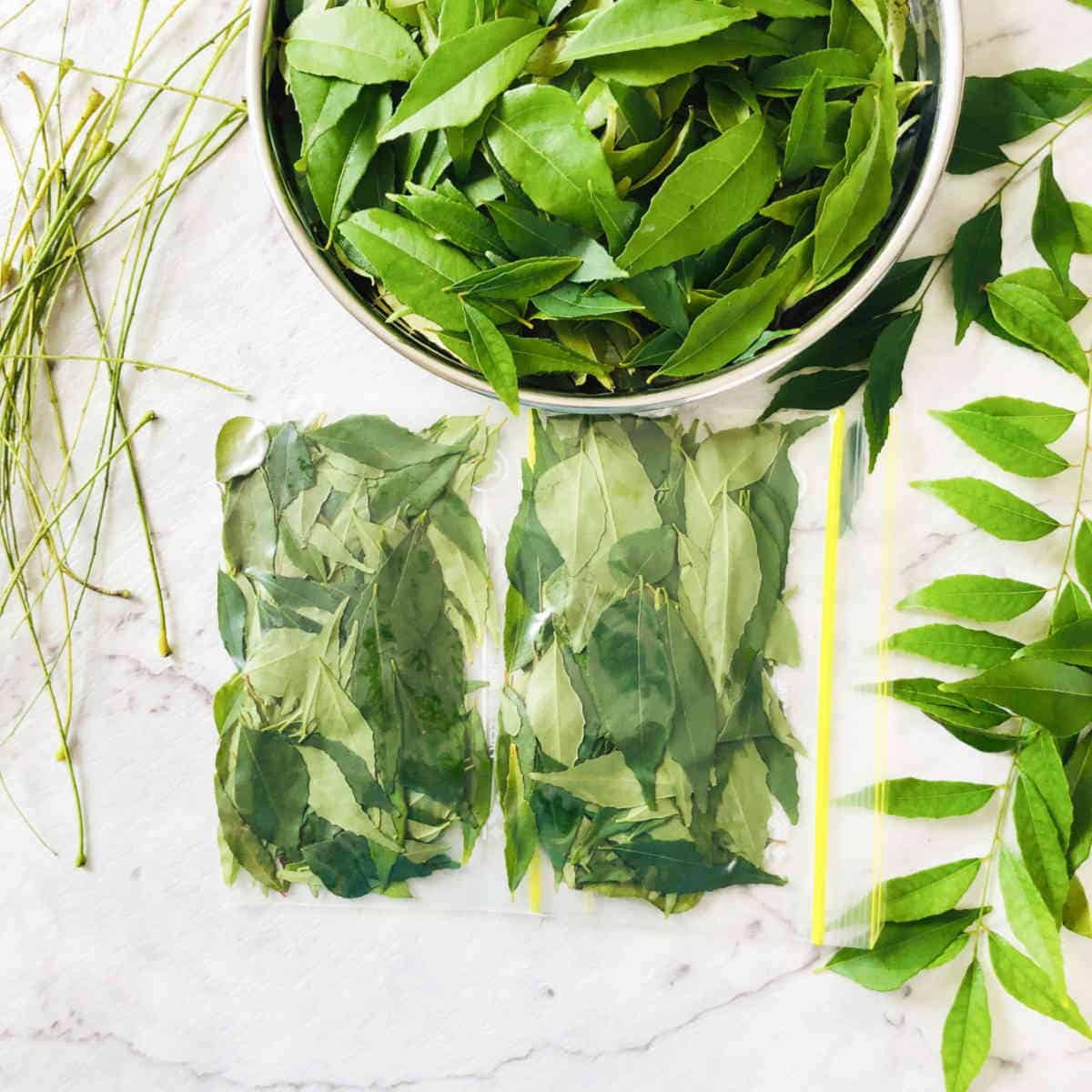
When storing in the freezer, remove the stem from the leaves. Make sure they are dry. Place the leaves in a ziploc bag or in plastic freezer bags, remove as much air as possible, and freeze curry leaves in the freezer.
Even though they change color in the freezer after a few days, the taste will remain the same. They also retain a lot of flavors. They can be used directly from the freezer.
Dry them and store
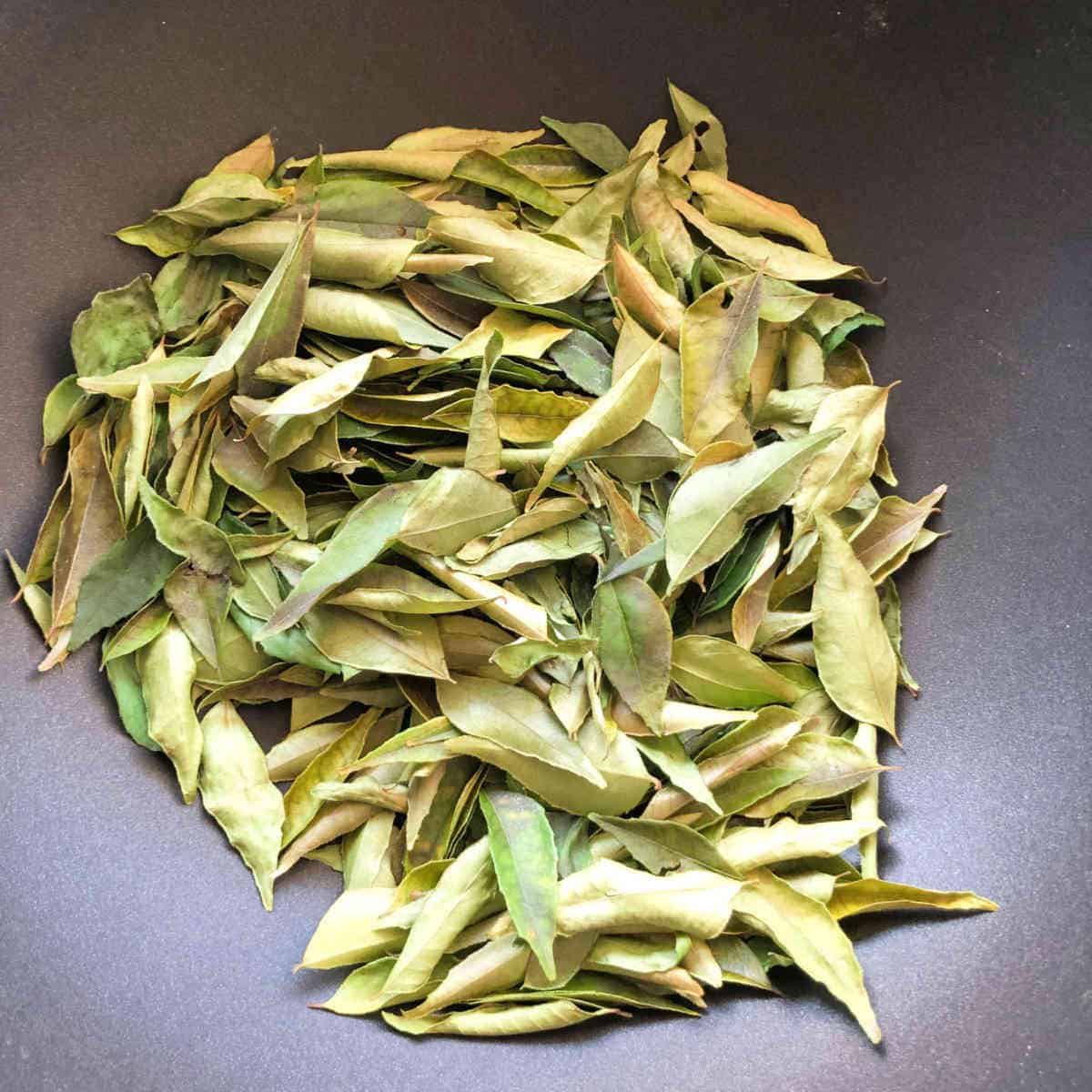
You can use any of these three methods to dry them - sun dry, oven, or stovetop.
Sun-dry: Spread the cleaned leaves on a plate and let them sun-dry for 2-3 days until they are completely dry.
Oven: Line a baking tray with a baking sheet or parchment paper and place the cleaned leaves in a single layer. Preheat the oven to 140 F (60 C) and dry them in the oven until they are crispy and wilt. Cool them completely before storing them.
Stovetop: Take the cleaned leaves in a thick bottom pan and place it on low heat for 8-10 minutes, stirring them in between. This easy way will dry them completely and remove all the moisture content. Store in an airtight container once it cools down.
Recipes to try
Curry leaves are a common ingredient in most savory South Indian dishes and are used for tempering (seasoning). Here are some recipes where they are a key component. The dish would not taste the same if you skip them. They are also used in making some varieties of curry paste.
FAQs
As I have mentioned before, curry leaf is a fresh herb from the curry plant used in South Indian cooking. However, curry powder is a spice mix that is used to make curries outside of India and is seldom used by Indians.
Dried curry leaves can be used directly. However, they impart a milder flavor when compared to fresh ones. So I suggest you add a few more dry curry leaves than the fresh ones called for in the recipe.
To conclude
I recommend you start using curry leaves if you don't use them yet in your cooking. Like many other herbs, using fresh leaves is the best. But if you store them, as I mentioned, there will be no difference in the flavor it lends to the dish.
Next time you find them at your local grocery store or Indian markets, buy a big bunch and store the excess curry leaves for future use. If you are unsure how to use them, add a few leaves in soups and broth at the beginning of cooking to make them more flavourful.
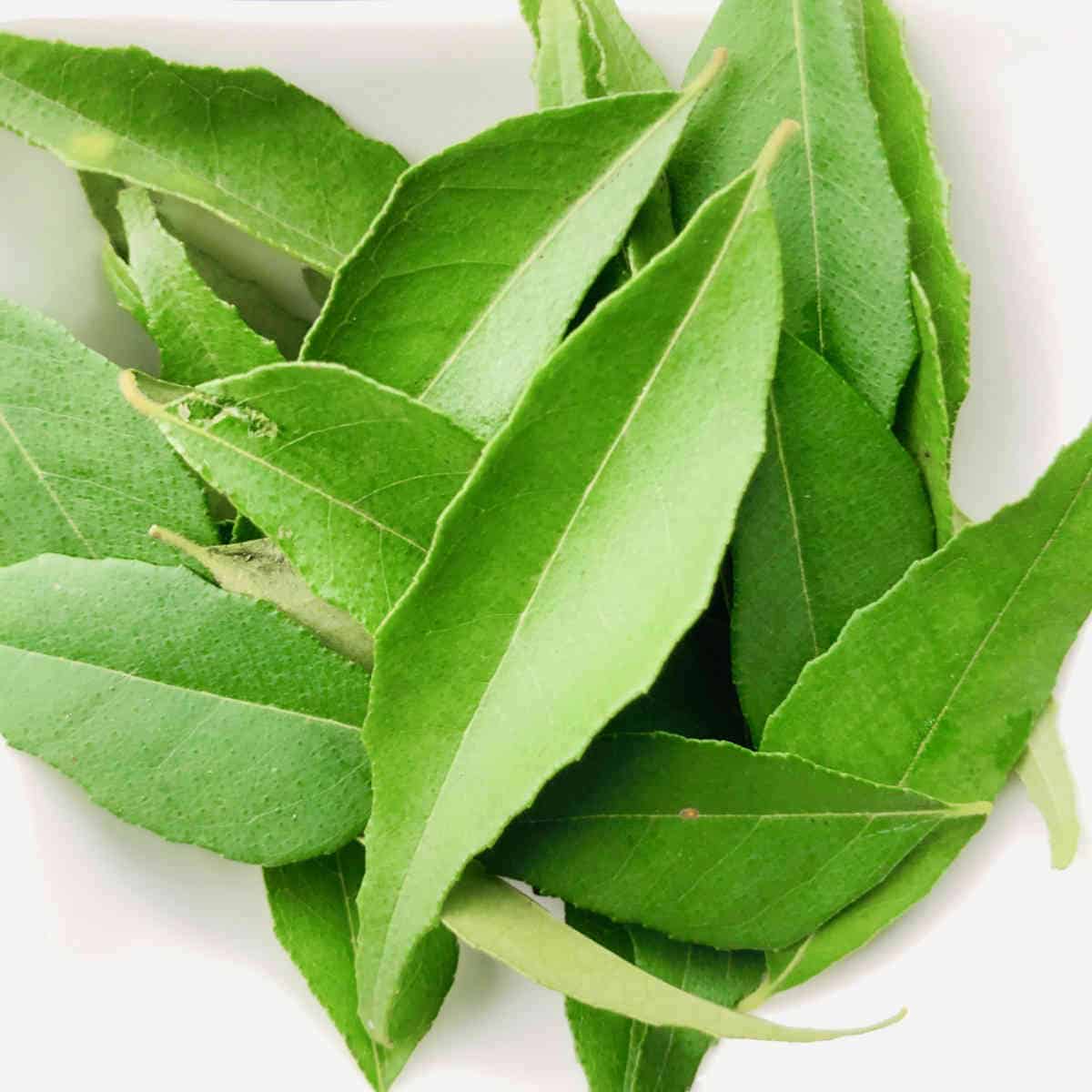
If you tried this Storing Curry Leaves Recipe or any other recipe on my website, please leave a ? star rating and let me know how it went in the ? comments below.
Recipe card
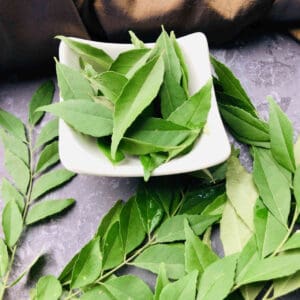
How to store curry leaves
Ingredients
- 1 cup curry leaves
Instructions
- Wash the curry leaves thoroughly. Drain all the water.
- Spread them on a kitchen towel so that it dries fully. Alternatively, pat dry the leaves well making sure there is no water content.
To store in the refrigerator:
- Do not remove the stem of the curry leaves if you want to store them in the refrigerator.
- Wrap the curry leaves (along with the stem) in a kitchen towel.
- Place it in an air-tight container.
To store in the freezer:
- Remove the stem from the leaves.
- Places the leaves in a ziplock bag and remove as much air as possible.
- Close the ziplock bag and store it in the freezer. They can be used straight out of the freezer without the need for defrosting.
Drying and storing:
- Remove the stem from the leaves.
- Air dry: Spread the curry leaves on a plate and let them sun-dry for 2-3 days until they are completely dry.
- In the oven: Place the cleaned curry leaves in an oven-safe tray. Preheat oven to 140 F (60 C) and dry them in the oven until they are crispy and wilt.
- On the stovetop: Take the curry leaves in a thick bottom pan and place it on low heat for 8-10 minutes stirring them in between. This will dry them completely and remove all the moisture content.
- Store in an air-tight container.

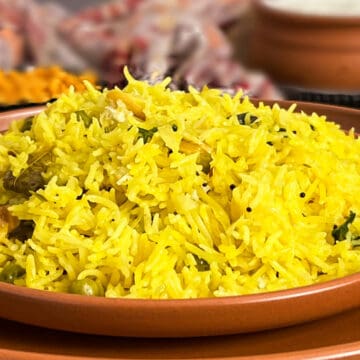
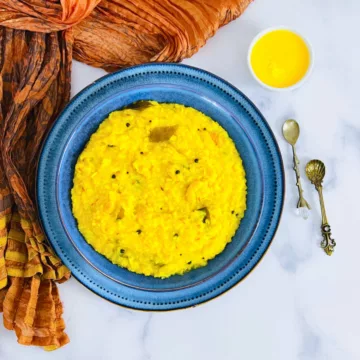
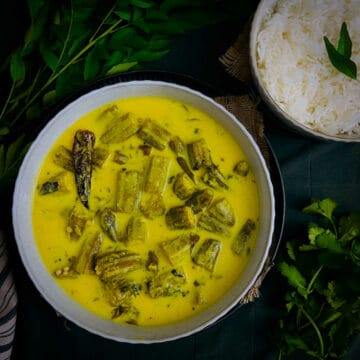

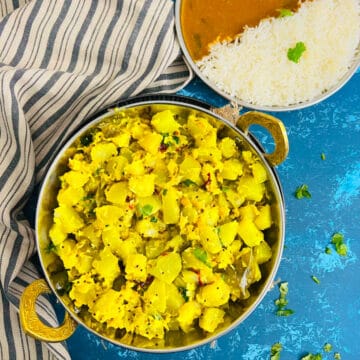
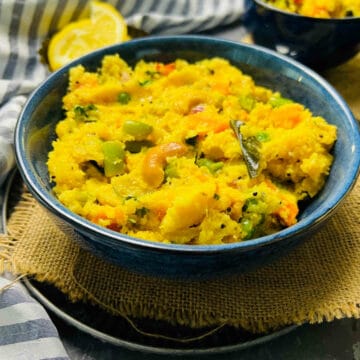
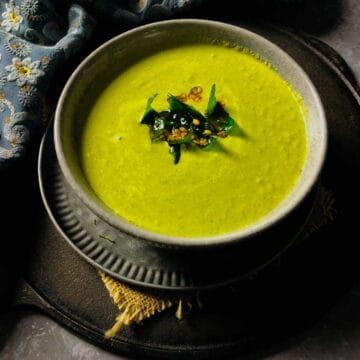
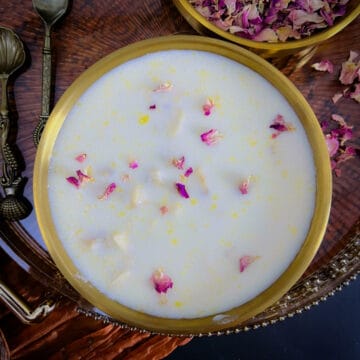
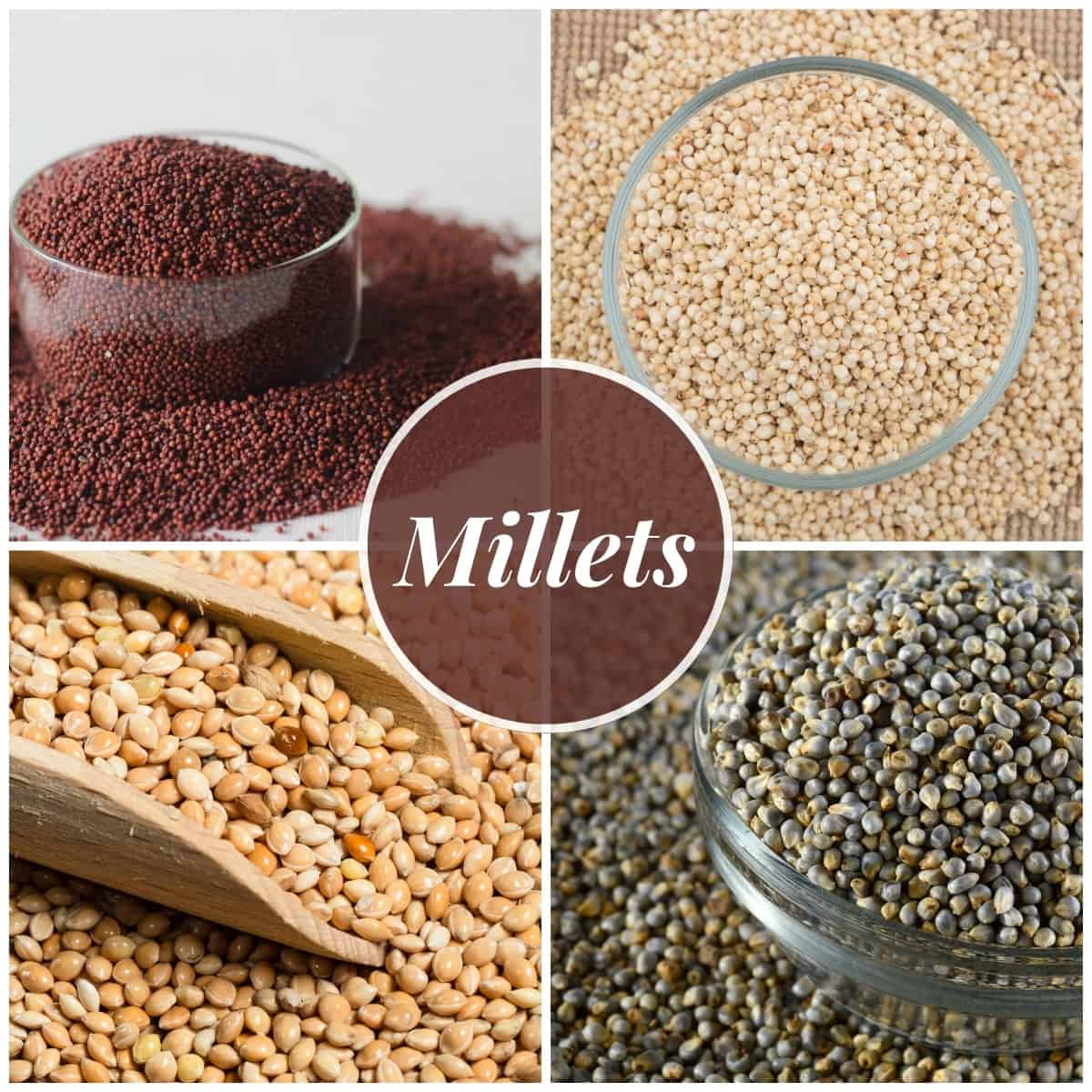
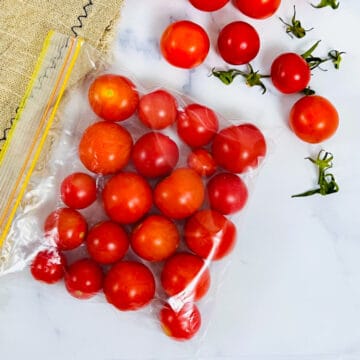
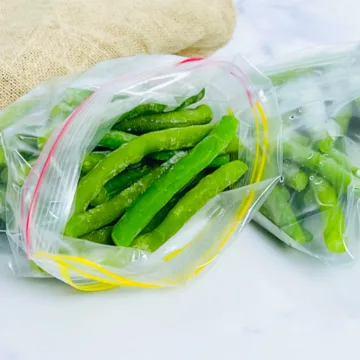
Comments
No Comments